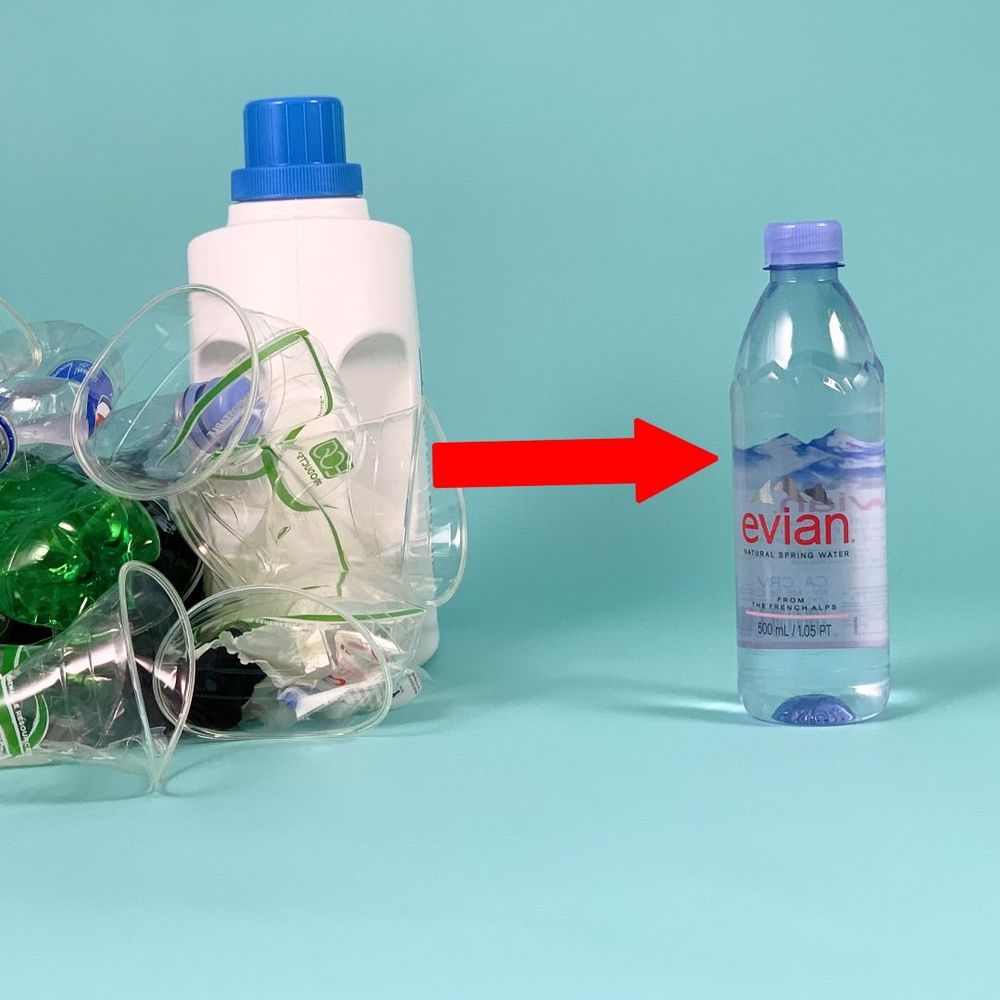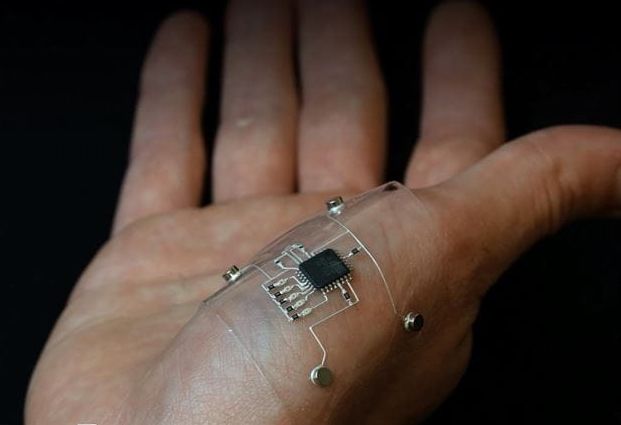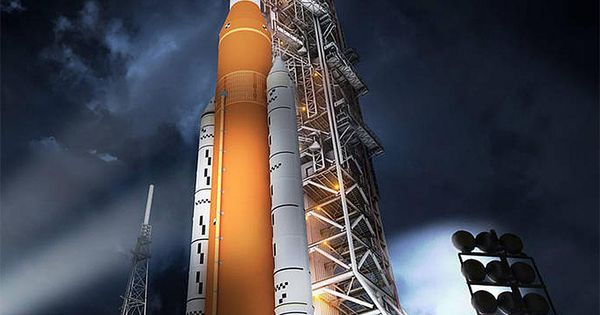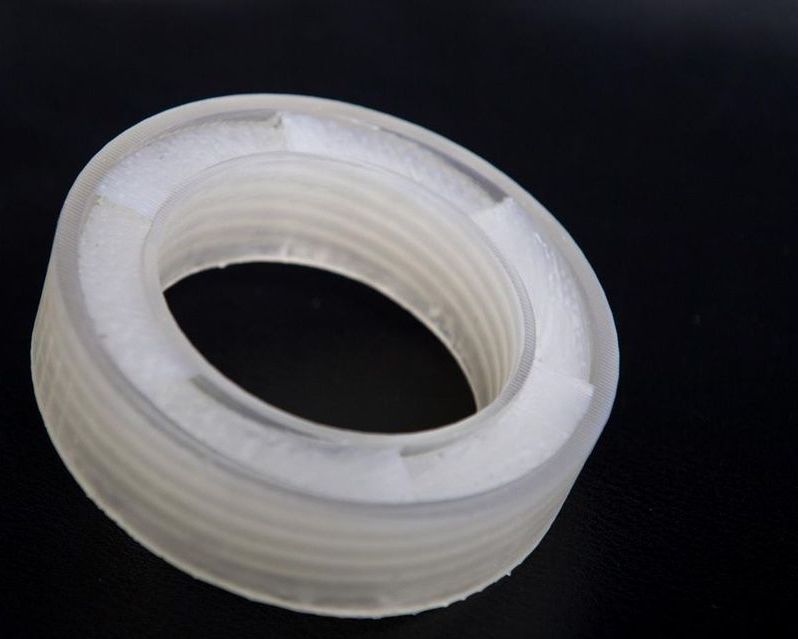Archive for the ‘materials’ category: Page 215
Aug 1, 2019
MIT Creates Lasers That Whisper in Your Ear
Posted by Richard Christophr Saragoza in category: materials
Some call it a SASER and others call it a PHASER.
How do you whisper to someone across the room? With lasers, of course. MIT has developed a system using lasers to transmit audio signals directly to the ear, and no one else in the area can hear them. As a nice bonus, the laser won’t burn your skin or eyes should you turn your head at the wrong moment.
The laser system leverages what is known as the photoacoustic effect. That simply means that the absorption of light waves by a material produces sound waves. In this case, the light is absorbed by water molecules in the air, but the researchers learned to very carefully tune the laser to control where the sound appears. It’s essentially a narrow cone of sound.
Continue reading “MIT Creates Lasers That Whisper in Your Ear” »
Jul 31, 2019
A technique called Hybrid 3D Printing
Posted by Richard Christophr Saragoza in categories: 3D printing, materials
A technique called Hybrid 3D Printing, developed by AFRL researchers in collaboration with the Wyss Institute at Harvard University, uses additive manufacturing to integrate soft, conductive inks with material substrates to create stretchable electronic devices. A potential application is to create sensors to enable better human performance monitoring. (Courtesy photo/Harvard Wyss Institute)
https://www.wpafb.af.mil/…/afrl-harvard-researchers-invent…/
¬
Jul 30, 2019
NASA Selects Dozen U.S. Companies For Moon To Mars Partnerships
Posted by Bruce Dorminey in categories: materials, space travel
NASA selects key commercial partnerships to further its new Moon to Mars strategy.
Today, NASA announced it has selected 12 U.S. commercial companies for 19 partnerships in its crewed Moon to Mars efforts, which kicks off with a planned 2024 Artemis program crewed return to the lunar surface.
The selections entail six key areas for future development as well as a category for other exploration technologies. They are: advanced communications, navigation and avionics; entry, descent and landing; in-space manufacturing and assembly; advanced materials; power; and propulsion.
Continue reading “NASA Selects Dozen U.S. Companies For Moon To Mars Partnerships” »
Jul 22, 2019
Scientists Discover New Way To Make Water
Posted by Quinn Sena in categories: materials, particle physics
Scientists at the University of Illinois have discovered a new way to make water, and without the pop. Not only can they make water from unlikely starting materials, such as alcohols, their work could also lead to better catalysts and less expensive fuel cells.
“We found that unconventional metal hydrides can be used for a chemical process called oxygen reduction, which is an essential part of the process of making water,” said Zachariah Heiden, a doctoral student and lead author of a paper accepted for publication in the Journal of the American Chemical Society, and posted on its Web site.
A water molecule (formally known as dihydrogen monoxide) is composed of two hydrogen atoms and one oxygen atom. But you can’t simply take two hydrogen atoms and stick them onto an oxygen atom. The actual reaction to make water is a bit more complicated: 2H2 + O2 = 2H2O + Energy.
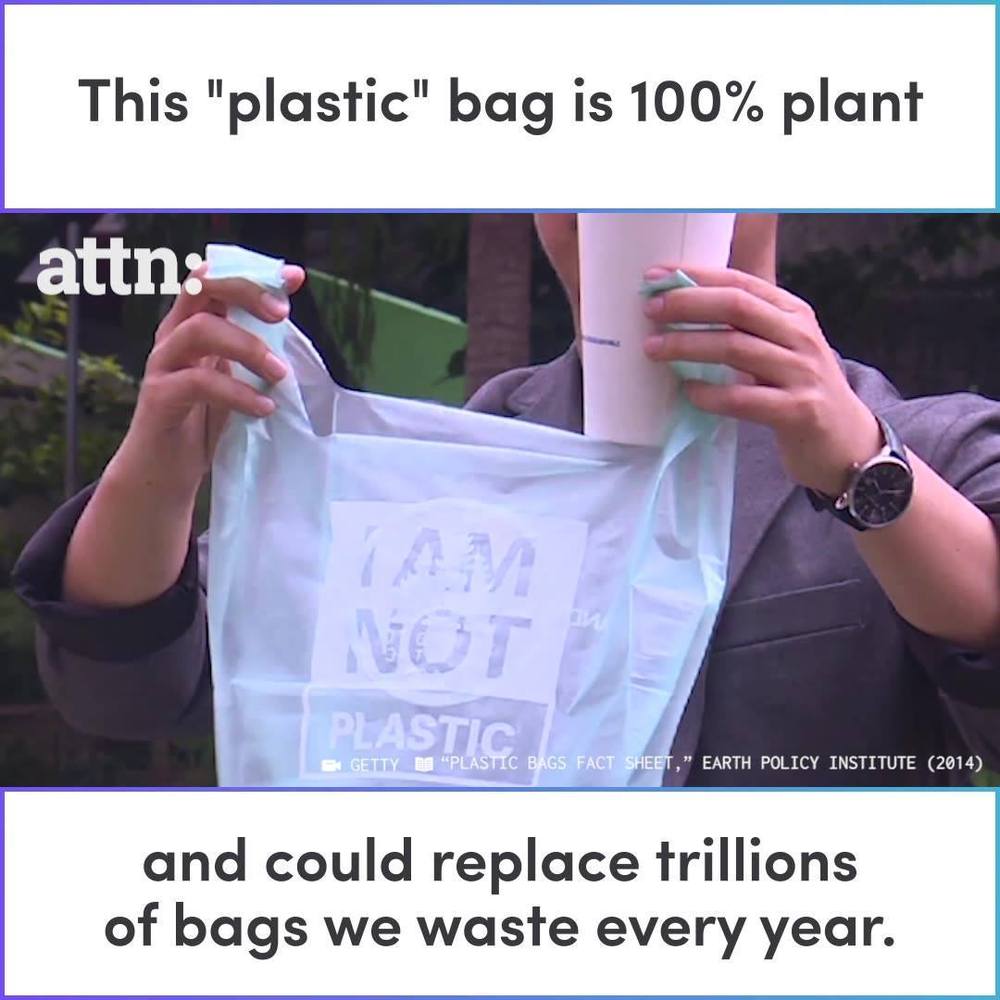
We need these biodegradable “plastic” bags everywhere.
Check us out on Instagram: https://attn.link/2LdWfTp
Jul 15, 2019
‘Digital alchemy’ reverse-engineers useful crystals
Posted by Genevieve Klien in category: materials
Rather than waiting around for serendipity, materials scientists would like to dream up a wonder material and then figure out how to make it. It’s this “inverse” approach to designing materials—working backward from the desired properties—that the team is calling “digital alchemy.”
“It really allows us to focus on the outcome and leverage what we know to find a starting point to building that material,” says Greg van Anders, a corresponding author of the paper and now an assistant professor of physics at Queen’s University in Kingston, Ontario.
Jul 15, 2019
A new ‘mathematically perfect’ material could completely swallow sound
Posted by Quinn Sena in category: materials
Jul 15, 2019
David Attenborough says industrial overfishing is more dangerous to the ocean than plastic
Posted by Brady Hartman in category: materials
Jul 13, 2019
Time-like concepts: terminology
Posted by Quinn Sena in categories: business, materials
Time is the indefinite continued progress of existence and events that occur in an apparently irreversible succession from the past, through the present, to the future.[1][2][3] Time is a component quantity of various measurements used to sequence events, to compare the duration of events or the intervals between them, and to quantify rates of change of quantities in material reality or in the conscious experience.[4][5][6][7] Time is often referred to as a fourth dimension, along with three spatial dimensions.[8]
Time has long been an important subject of study in religion, philosophy, and science, but defining it in a manner applicable to all fields without circularity has consistently eluded scholars.[2][6][7][9][10][11] Nevertheless, diverse fields such as business, industry, sports, the sciences, and the performing arts all incorporate some notion of time into their respective measuring systems.[12][13][14]
Time in physics is unambiguously operationally defined as “what a clock reads”.[6][15][16] See Units of Time is one of the seven fundamental physical quantities in both the International System of Units and International System of Quantities. Time is used to define other quantities – such as velocity – so defining time in terms of such quantities would result in circularity of definition.[17] An operational definition of time, wherein one says that observing a certain number of repetitions of one or another standard cyclical event (such as the passage of a free-swinging pendulum) constitutes one standard unit such as the second, is highly useful in the conduct of both advanced experiments and everyday affairs of life.
